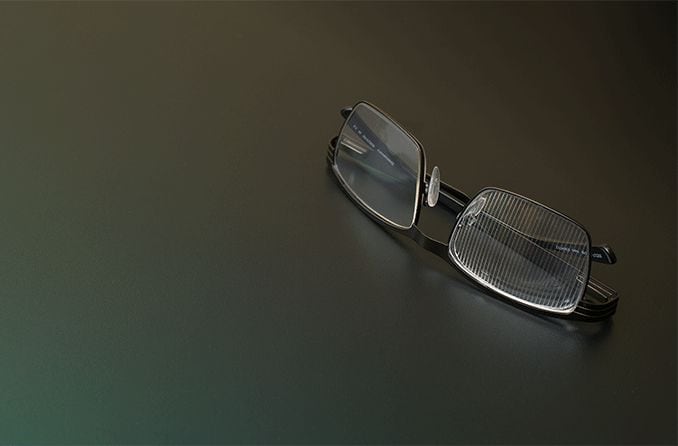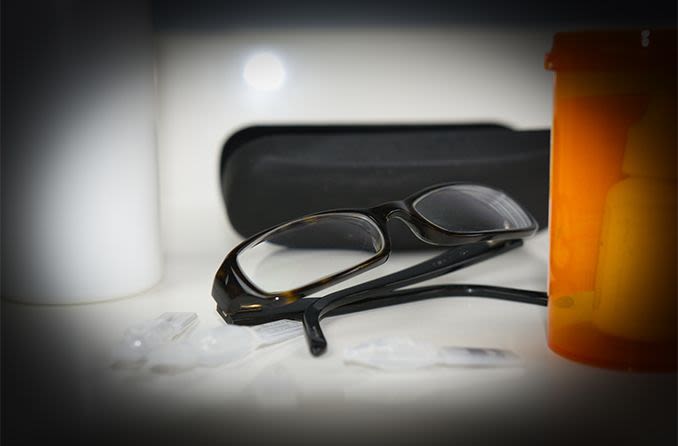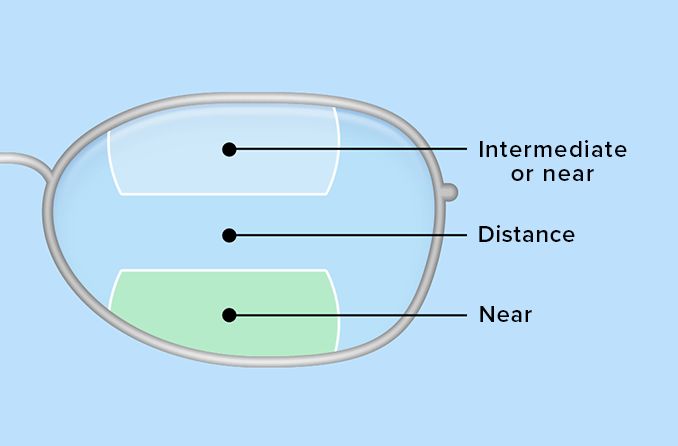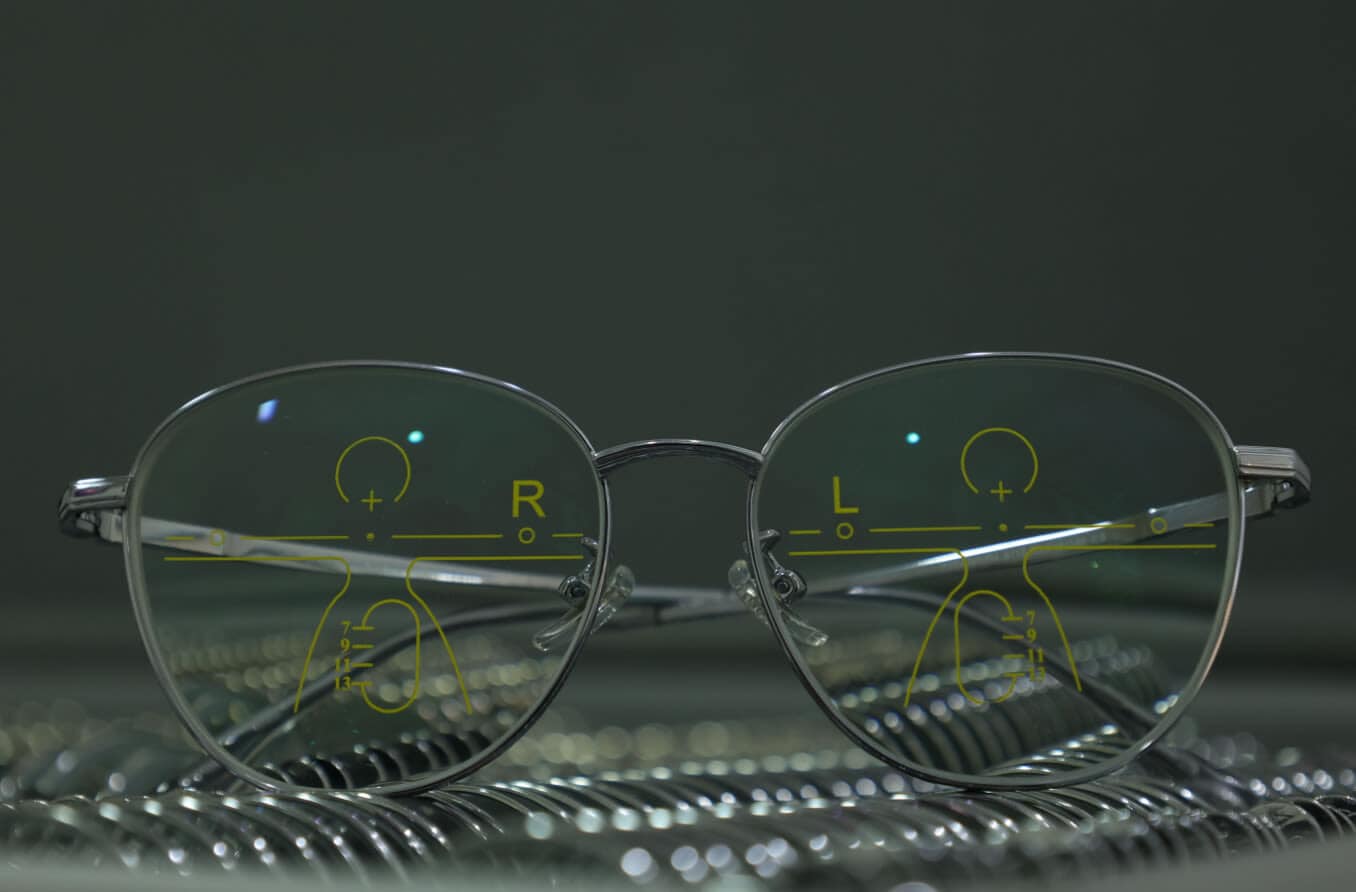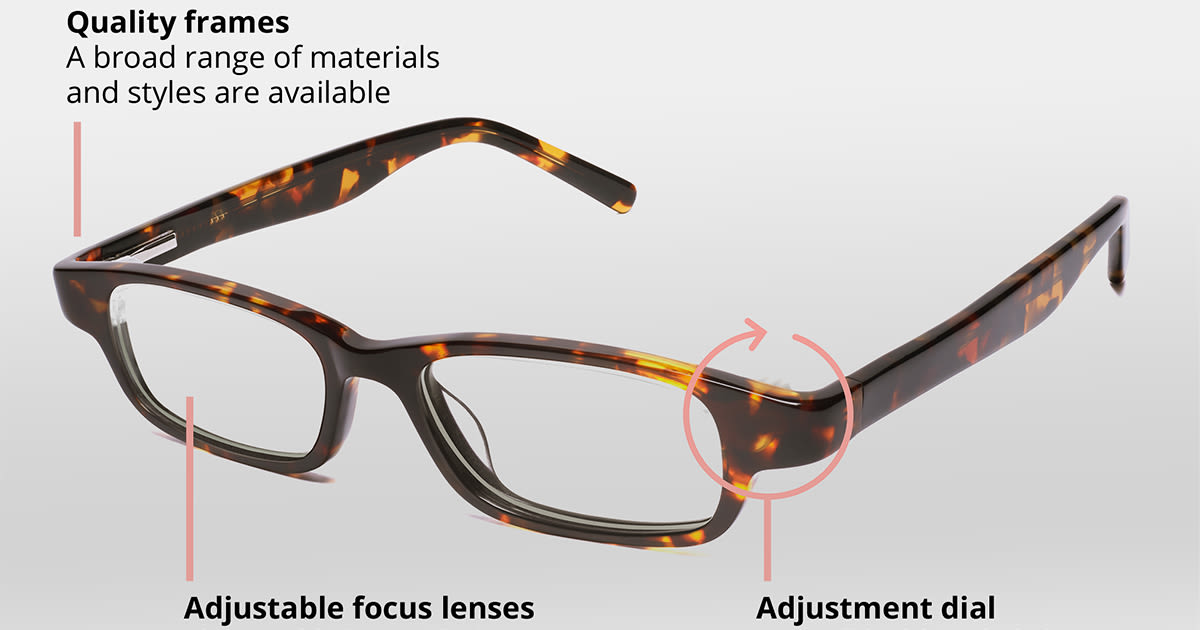Prism glasses are prescription glasses designed specifically to correct certain types of double vision (diplopia). They work by refracting light before it enters the eyes to make sure it is directed onto the same area of each retina.
For many, experiencing double vision (diplopia) is an occasional event that follows a theme park ride or a few too many cocktails. While this kind of double vision typically resolves on its own, diplopia caused by underlying conditions can be long term or even permanent.
Fortunately, prism glasses can provide clear vision for many people who experience diplopia.
What are prism glasses?
Prism glasses are primarily used for individuals who experience the types of double vision caused by eye movement problems, such as strabismus. Other underlying conditions, like a head injury, stroke or diabetes, can also lead to nerve damage and or weakness in the muscles that control eye movement.
When these muscles don’t work properly, the eyes can become misaligned, causing double vision. Prism glasses are made with customized prism lenses that bend (or refract) light entering the eyes to make sure the light falls in the same spot on both retinas, even though they are not aligned. The lenses help the eyes work together to create a single image.
In some cases, prism glasses can also be beneficial for monocular diplopia caused by corneal abnormalities.
SEE RELATED: Double vision causes
How prism glasses work
For clear vision to be possible, the corneas need to filter light into the eyes and properly focus it onto the retinas. Typically, with refractive errors like nearsightedness and farsightedness, the light hits the retinas in both eyes at the same place but not quite in the right spot to create a clear image.
When it comes to diplopia caused by eye misalignment, the corneas filter light onto the retinas correctly, but the misalignment causes the light to be focused onto different areas of the retina for each eye. This results in each eye sending a slightly different image of the same object to the brain, which results in double vision.
Prism glasses for diplopia refract the light before it enters the eyes to compensate for the misalignment and focus the light onto the same place on each retina. This enables the brain to produce a single image and resolve any double vision issues.
SEE RELATED: Double vision (diplopia) treatment
What prism glasses look like
While prism glasses look the same as any other pair of prescription glasses, it’s common for one lens to be thicker than the other. If this bothers you, opt in for slightly thicker frames to hide the edges of the lenses.
You will keep your individual vision prescription and have a separate prism prescription that is added to one or both lenses. The prism will be applied according to the type of diplopia you experience: horizontal, vertical or oblique (diagonal). If required for long-term correction, prisms can be permanently ground into the lens.
If you aren’t sure if prism glasses are for you, temporary prisms, called Fresnel prisms, can be applied. Fresnel prisms are made of a thin, vinyl material and can be pressed onto your lenses.
Fresnel prisms are somewhat visible, so they aren’t meant to be a permanent solution. However, they allow you to try out prism glasses and can also accommodate those whose diplopia is temporary or has the tendency to change.
Cost of prism glasses
The cost of prism glasses depends on several factors, including where you purchase the glasses, the frames you select for the lenses and your vision insurance coverage.
Fresnel prism glasses, which only work as a temporary solution, can cost anywhere from $250 to $500. Permanently ground prism lenses cost between $600 and $1500, usually not including frames or other prescription requirements, resulting in an even higher price tag.
Luckily, because prism glasses must be prescribed, they should be covered by vision insurance and are FSA or HSA eligible health expenses. It’s always a good idea to speak with your eye doctor to get a better idea of what your out-of-pocket cost could be.
Can prism glasses hurt your eyes?
Just as wearing an incorrect prescription for refractive errors can strain your eyes, so can wearing incorrectly prescribed prism glasses. Wearing prism glasses when you don’t require them or with an incorrect prescription can cause the same symptoms experienced when you have diplopia, including:
- Double vision
- Misaligned eyes
- Headache
- Pain in and around eyes during eye movement
It’s not recommended to wear prism glasses unless prescribed by an eye doctor. If you do have a prescription and are still experiencing the symptoms listed above, contact your eye doctor promptly. It’s possible that the prescription needs to be adjusted.
READ NEXT: What is the corneal light reflex, and how is it examined?
